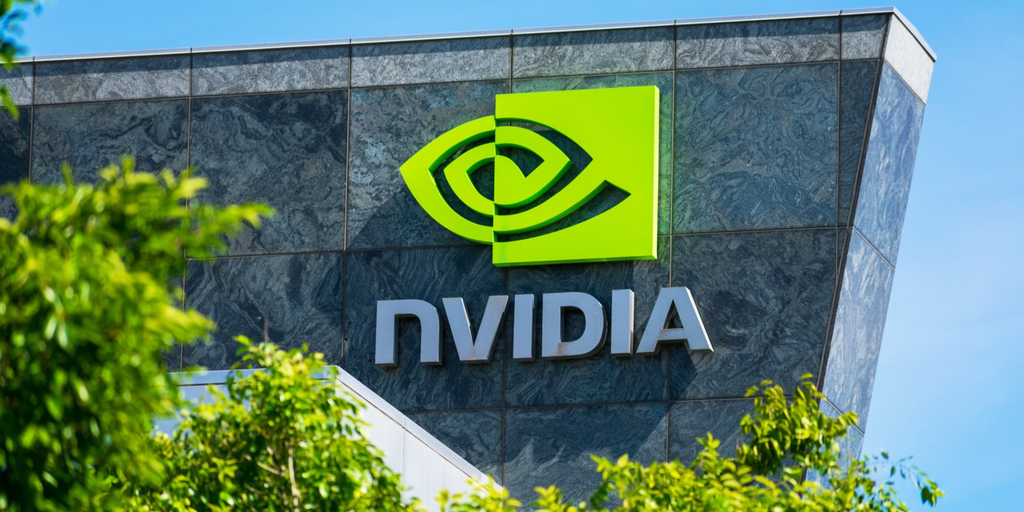DeFi 2.0 projects are suddenly the new focus in the crypto market. There’s been an impressive growth in numbers, both in prices and TVL as well.
The obvious difference between 1.0 and 2.0 group lies in the purpose of optimizing capital flow.
As you already know by now, the DeFi 1.0 early projects had pretty congested liquidity pools and DeFi 2.0 is born to optimize this minus.
Getting users to stay in the projectsIt’s also worth noting another important difference: DeFi 1.0 considers Yield (farming rewards) as the target audience and DeFi 2.0 targets the liquidity sources in these pools.
As The Defiant.io notes, some projects like OlympusDAO, Fei Protocol, and Alchemix, are all experimenting with new ways of capturing users with the new challenge of getting them to stay.
The new crop of DeFi projects is basically centered around the idea called protocol-controlled liquidity (PCV).
“This entails projects acquiring funds to support their financial applications, rather than tapping users’ funds by enticing them with liquidity mining rewards,” the online publication mentioned above notes.
“Profit taking is expected, but when a giant player comes in and exclusively dumps the governance token, it creates a dynamic where all price appreciation is nullified.”
This is what Scoopy Trooples, the founder of Alchemix, the auto-paying loan app and critic of excessive liquidity mining, told The Defiant.
“This depresses the community and convinces them to do the same or else they won’t ever be able to realize their gains.”
All in all, liquidity mining involves protocols giving their native token to users in exchange for depositing assets that other users can borrow or trade.
Meet OlympusDAOOlympusDAO is a project aiming to offer what the project calls on its website a “decentralized reserve currency,” in its OHM token.
OlympusDAO sells its token at a discount in exchange for tokens like DAI, but also liquidity provider (LP) tokens which are also including OHM.
The online publication mentioned above notes an example: “a user could trade their OHM-DAI LP token, which represents a liquidity position in the decentralized exchange Sushiswap, for OHM.”
Olympus calls this mechanism a bond – this is due to the fact that the discount is paid out over five days.
This system allowed Olympus to own its very own liquidity – this is a massive difference from projects which watch liquidity fade away as the rewards are running out.
The official page notes that the protocol owns more than 99% of the OHM-DAI liquidity and this is not going anywhere because Olympus is owning it.
Another innovation that Olympus has is a staking function which is paying users in additional OHM tokens in exchange for locking the token up.
This has the aim of counteracting the selling pressure which comes from users’ ability to get OHM at a discount with bonds.
More and more projects are hopping on board in efforts to control their own liquidity as a part of DeFi’s new wave.
The post DeFi 2.0 Wave Of New Projects Test Liquidity Mining Alternatives first appeared on CryptoGazette - Cryptocurrency News.




















